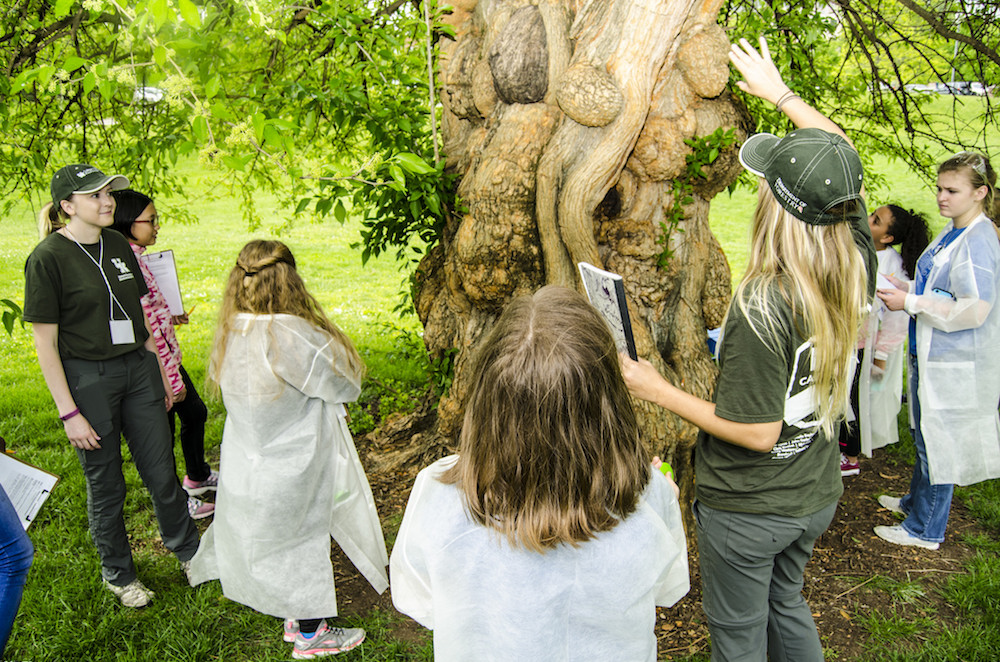Although women make up 48% of the US workforce, they only hold 24% of positions in science, technology, engineering, and mathematics (STEM). The numbers are even more profound when you factor in race: black and hispanic women, 6% and 7% of the US workforce respectively, each hold only 1% of STEM jobs. Where do these disparities come from? What is being done to combat the forces that keep women out of STEM?

Image courtesy of flickr user: ukagriculture.
It is well documented that girls and boys exhibit similar levels of interest in science and math in elementary school. But as girls become older and are continuously exposed to societal expectations of women, their interest in the sciences — especially the hard sciences and math — suddenly declines.
They are not born with less ability; they are made to believe that they do not belong.
Girls of color have much more to overcome than just sexism — they have been kept on the outskirts of US educational systems, academia, and, consequently, the workforce.
What happens if, despite all of this, they do make it into the STEM field? Consider the results of a report from the University of California's Hastings College of the Law where 100% of the women of color interviewed reported experiencing gender bias. Here are other findings:
- Black and Latina women said they were regularly mistaken for janitors.
- Asian-American women felt more pressure to act traditionally feminine.
- Black women controlled emotion to avoid an "angry black female" stereotype.
- Latina women reported being labeled as "crazy" when they expressed emotion.
- Asian-American women faced more pushback from peers if they acted assertively.
Against such odds, it is no wonder that women are underrepresented in STEM.
It is difficult to envision yourself succeeding until you have seen someone similar to you succeed. Many girls — and especially Hispanic and Black girls — grow up without an awareness of the STEM career opportunities supposedly available to them because they often do not have mentors with experience in those fields. This only perpetuates the cycle of oppression.
But the fight for gender and racial equality continues daily. There are women in STEM fighting for more women to join them. From small-town initiatives to connect girls with women STEM mentors, to state-wide campaigns to increase school funding for underfunded districts — educators and legislators and parents are pushing against the walls that keep girls from pursuing their geeky dreams.
A student once said to me about becoming a naturalist, “I want to do that. I never knew someone could have that job.” The wellbeing of our communities rests on our our willingness to nurture of the imaginations of our children — especially our girls.
Erin Freeman works at a science museum in Lancaster. A former geeky girl, she now spends her time preaching the creepy-crawly gospel to hundreds of children every week.